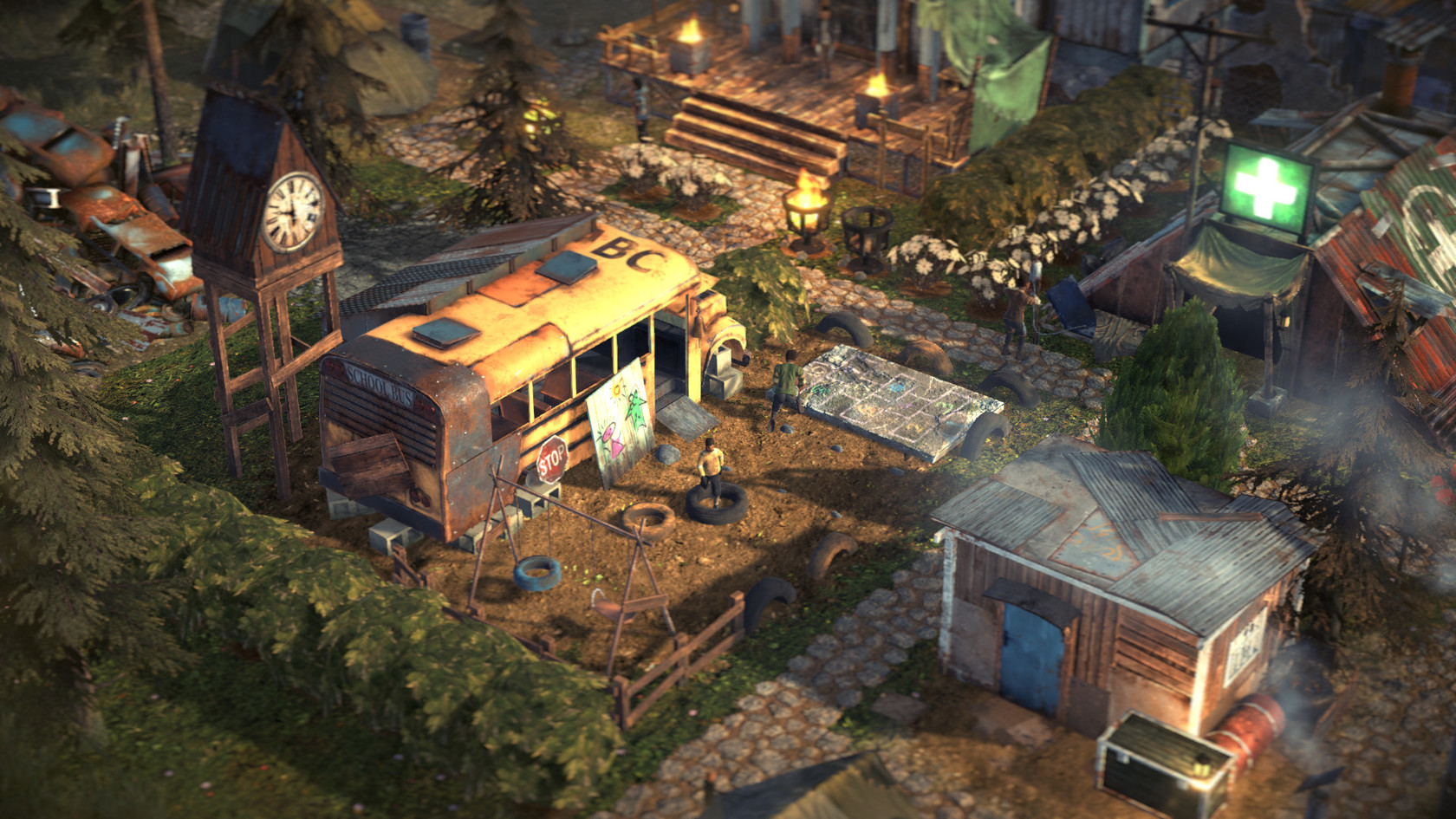
They also remind us of the ways in which British life - particularly the nation's sweet tooth - is linked to the slave trade. Like the tobacco warehouses in Glasgow, Bristol's sugar buildings are a reminder of the importance of imported tropical staples. These were then sold to the armies of Britons who came to depend on regular supplies of sugar for their drink and food. Since you can only place them on the border of the fog, it makes them pretty pointless because half of the radius is lost, covering areas that have already been revealed. The barrels of wet molasses and sugar were refined further locally before being cast into sugar loaves for distribution to shops. :: Surviving the Aftermath Discusiones generales PLEASE lose the scout towers. Key Features Face the Moonfall and use it to your advantage with the new Building Boost mechanic The Moon is shattered in the sky and its fragments are. It was here, and in similar buildings in other ports, where sugar was imported and then refined. The Sugar House, in Lewins Mead - now a fashionable hotel and restaurant - was once a refinery and sugar house. New Alliances adds a new, more dynamic layer to the world map and how you interact with societies. Most famous perhaps is No 7 Great George St, home of the Pinneys, who were planters in Nevis, and founders of a trading house involved in the West India trade. Surviving the Aftermath - Build Request The new DLC for Surviving the Aftermatch, called New Alliances, is here, and developers are now sharing what can be expected to change in the game with it. Pero's Bridge was named after a slave brought to Bristol from St Kitts by the famous planters, the Pinneys Guinea Street Queens Square (home to prominent sugar merchants) and the Merchants Hall (site of local Merchants Adventurers who profited from the boom in slave trading in the 18th century). Inevitably, the city contains important architectural monuments to those links. The city was home to groups of prosperous sugar merchants, and West Indian planters who returned 'home' to retire to grand houses in the West Country.

With a booming British market for sugar to sweeten foodstuffs, but most of all for tea, Bristol grew in prominence and civic stature. The city's quaysides and warehouses were joined by sugar refineries (to process the crude sugars shipped across the Atlantic from the slave plantations). Sugar was the most lucrative of Bristol's industries. The operation is immediate and final, so use it carefully. Buildings can be demolished to get roughly half the amount the building cost back along with the freed up space. Once in a while, you might want to demolish a building.

It quickly became home to a booming sugar import trade, which was not overtaken (by Liverpool) until 1799. If damaged buildings are not repaired on time they will become ruins. Bristol dominated the English slave trade in the first half of the 18th century.


 0 kommentar(er)
0 kommentar(er)
